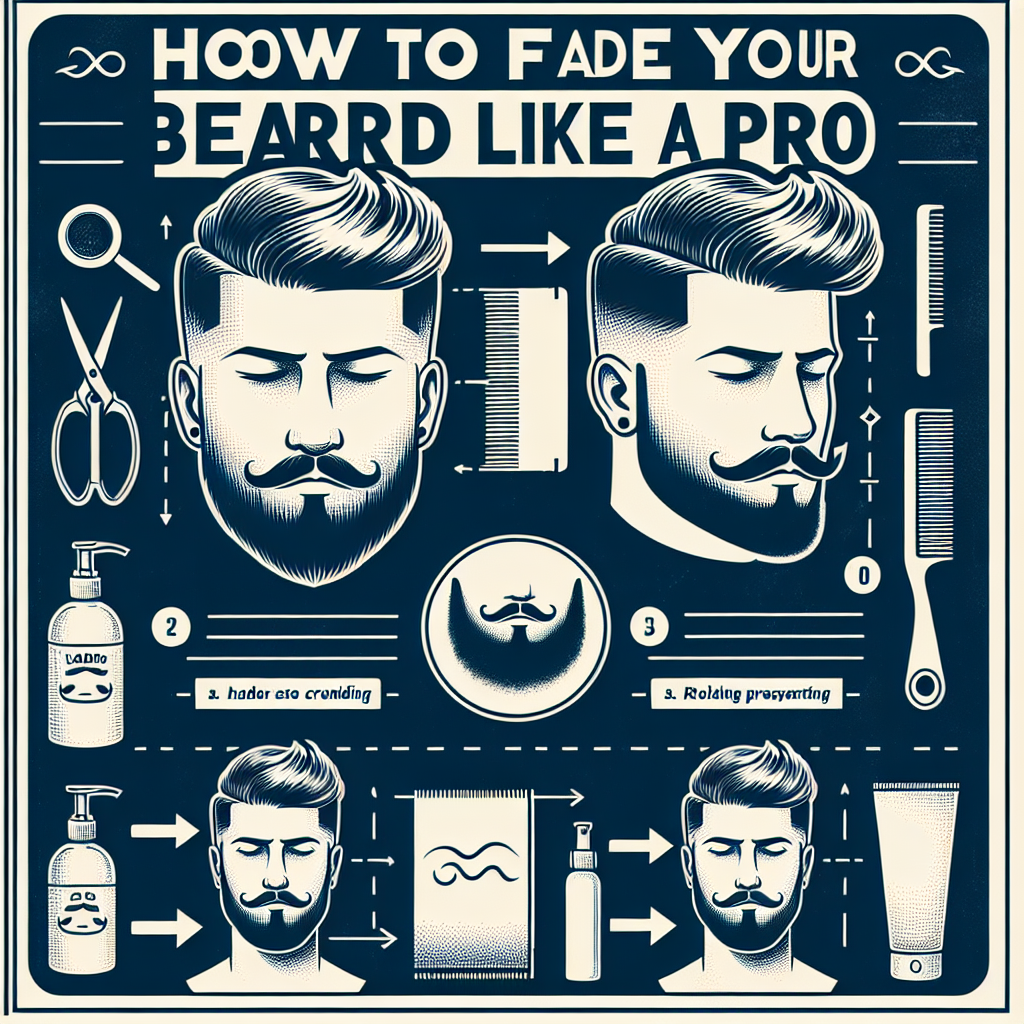If you’re looking for expert tips on achieving a perfectly faded beard, look no further. This article has got you covered. Discover the key techniques and tools that will help you achieve a professional fade that will have everyone asking for your beard grooming secrets. Say goodbye to patchiness and uneven growth – with the right guidance, you’ll be rocking a flawlessly faded beard in no time. So sit back, relax, and get ready to level up your beard game like a true pro.
Choosing the Right Tools and Products
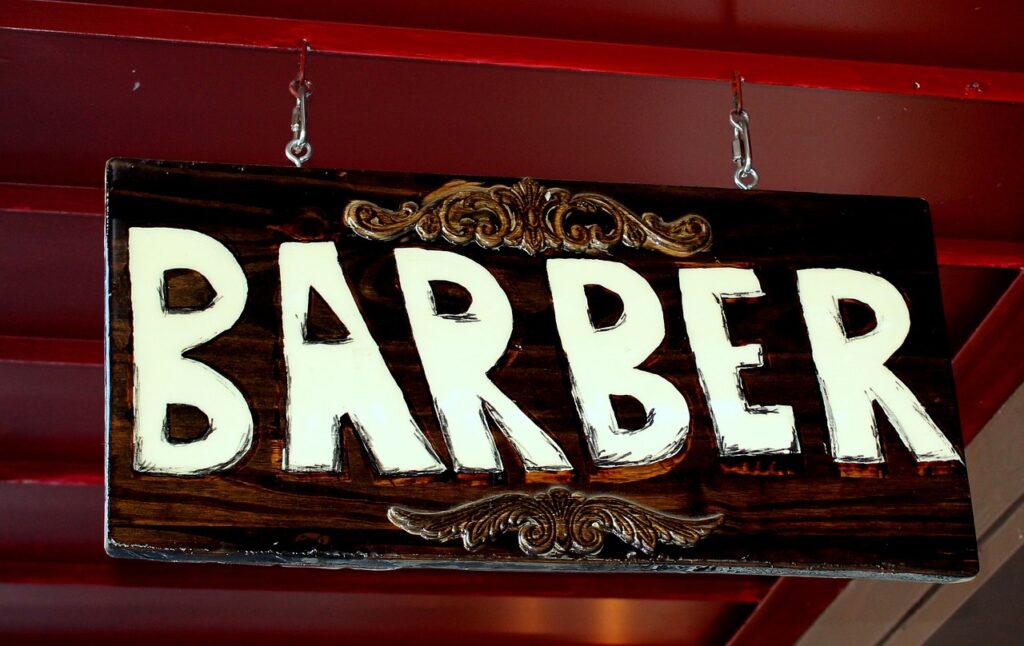
Invest in a quality trimmer
When it comes to achieving a professional-looking fade for your beard, investing in a quality trimmer is essential. A high-quality trimmer will ensure precise and even cuts, making the entire process much easier and more efficient. Look for a trimmer that offers adjustable guard lengths and sharp blades for optimal results.
Gather the necessary tools
Before you begin the beard fading process, it’s important to gather all the necessary tools. In addition to a quality trimmer, you’ll also need a comb, scissors, and potentially a razor for precision work. Having all these tools within reach will make the entire process much smoother and ensure that you achieve the desired results.
Choose the right products for your beard
In addition to the tools, it’s important to choose the right products for your beard. Cleansing your beard with a beard-specific cleanser will remove any dirt or buildup, ensuring a clean canvas for the fading process. Additionally, using a beard oil or balm will help moisturize your facial hair and promote a healthy, well-groomed appearance. Consider your specific beard needs and choose products accordingly.
Preparation and Trimming
Cleanse your beard
Before you start the fading process, it’s important to cleanse your beard thoroughly. This will remove any debris or oils that may interfere with the trimming process. Use a beard-specific cleanser and make sure to thoroughly rinse your beard before proceeding.
Comb and detangle
Once your beard is clean and dry, it’s time to comb and detangle your facial hair. This will make sure that each hair strand is properly aligned, making the trimming process much easier. Use a high-quality beard comb or brush and gently comb through your beard, removing any knots or tangles.
Decide on the desired fade length
Now it’s time to decide on the desired fade length for your beard. Consider the overall look you want to achieve and choose a length that suits your facial structure and personal style. It’s helpful to have a visual reference or inspiration in mind to guide you in achieving your desired fade.
Start with a longer guard
When beginning the trimming process, it’s always recommended to start with a longer guard on your trimmer. This will allow you to make gradual adjustments and avoid cutting too much off your beard at once. It’s easier to take off more hair than to add it back, so starting conservatively is the key to achieving a well-blended fade.
Trim the beard with a downward motion
As you start trimming your beard, it’s important to work with a downward motion. This helps to maintain a natural look and avoids any uneven cuts. When trimming, go against the direction of hair growth, and use steady, controlled movements to achieve an even trim.
Blend in the fade
Once you have trimmed the desired length, it’s time to blend in the fade. This can be done by gradually decreasing the guard length on your trimmer as you move towards the desired fade area. Take your time and make small adjustments until you achieve a seamless transition between the different lengths of your beard.
Defining the Neckline
Locate the appropriate neckline position
Defining a clean and well-defined neckline is crucial for a polished look. To locate the appropriate position for your neckline, start by imagining an imaginary line extending from the back of each ear to the other. The point where these lines intersect with your neck is where your neckline should begin.
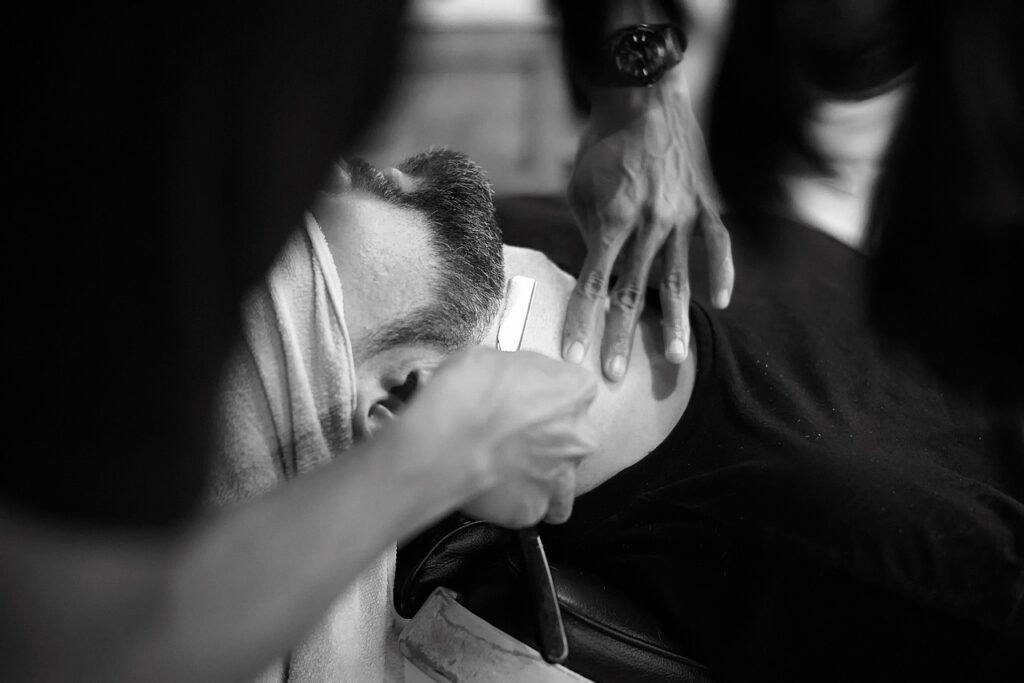
Create a curved or straight neckline
Once you have determined the starting point of your neckline, you can choose between a curved or straight neckline. A curved neckline follows the natural shape of your jawline and can soften your appearance. On the other hand, a straight neckline creates a more defined and structured look. Choose the style that suits your face shape and personal preference.
Use a trimmer or razor for precision
To define your neckline, it’s important to use a trimmer or razor for precise trimming. Start by trimming the hairs below your neckline, creating a clean and well-defined border. Take your time and make small adjustments as necessary. If using a razor, be careful and maintain a steady hand to avoid any nicks or cuts.
Maintain a clean and defined neckline
To keep your neckline looking sharp and well-groomed, it’s important to regularly maintain it. Trim any stray hairs that may have grown beyond the defined boundary and ensure that the neckline blends seamlessly with the rest of your beard. Regular upkeep will help you maintain a clean and polished appearance.
Blending from the Sideburns to the Beard
Determine the preferred sideburns length
Before blending your sideburns into your beard, it’s important to determine the preferred length for your sideburns. Consider your personal style and facial structure, and choose a length that complements your overall look. This will serve as a guideline when blending the sideburns into the beard.
Create a guideline for the fade
To create a seamless blend from the sideburns to the beard, it’s helpful to create a guideline. Using a trimmer with an appropriate guard length, create an even line where the sideburns meet the beard. This will serve as a reference point for the blending process.

Gradually blend the sideburns into the beard
With the guideline in place, carefully trim the hairs between the sideburns and the beard. Take your time and make precise adjustments to achieve a smooth and natural blend. It’s important to work gradually and avoid cutting off too much hair at once.
Use a comb and trimmer to make precise adjustments
To achieve a seamless transition between the sideburns and the beard, use a comb and a trimmer to make precise adjustments. Comb through the area and carefully trim any stray hairs or uneven sections to achieve a well-blended and natural look. Pay attention to detail and take your time during this step.
Tapering the Cheek Line
Identify the desired cheek line shape
Before tapering the cheek line, it’s important to identify the desired shape for your cheek line. Consider your facial structure and personal style. Some prefer a tapered and subtly curved cheek line, while others may prefer a more defined and straight cheek line. Choose the style that enhances your overall look.
Create a guideline using a trimmer or razor
To create a guideline for your cheek line, use a trimmer or razor to define the desired shape. Choose a guard length that suits your preferred style and carefully trim the hairs along the cheek line. If using a razor, be cautious and maintain a steady hand.
Gradually taper the cheek line to achieve a natural look
With the guideline in place, gradually taper the cheek line to achieve a natural look. Begin by using a longer guard on your trimmer and make small adjustments as needed. Take your time and pay attention to symmetry, ensuring that both sides of the cheek line match.
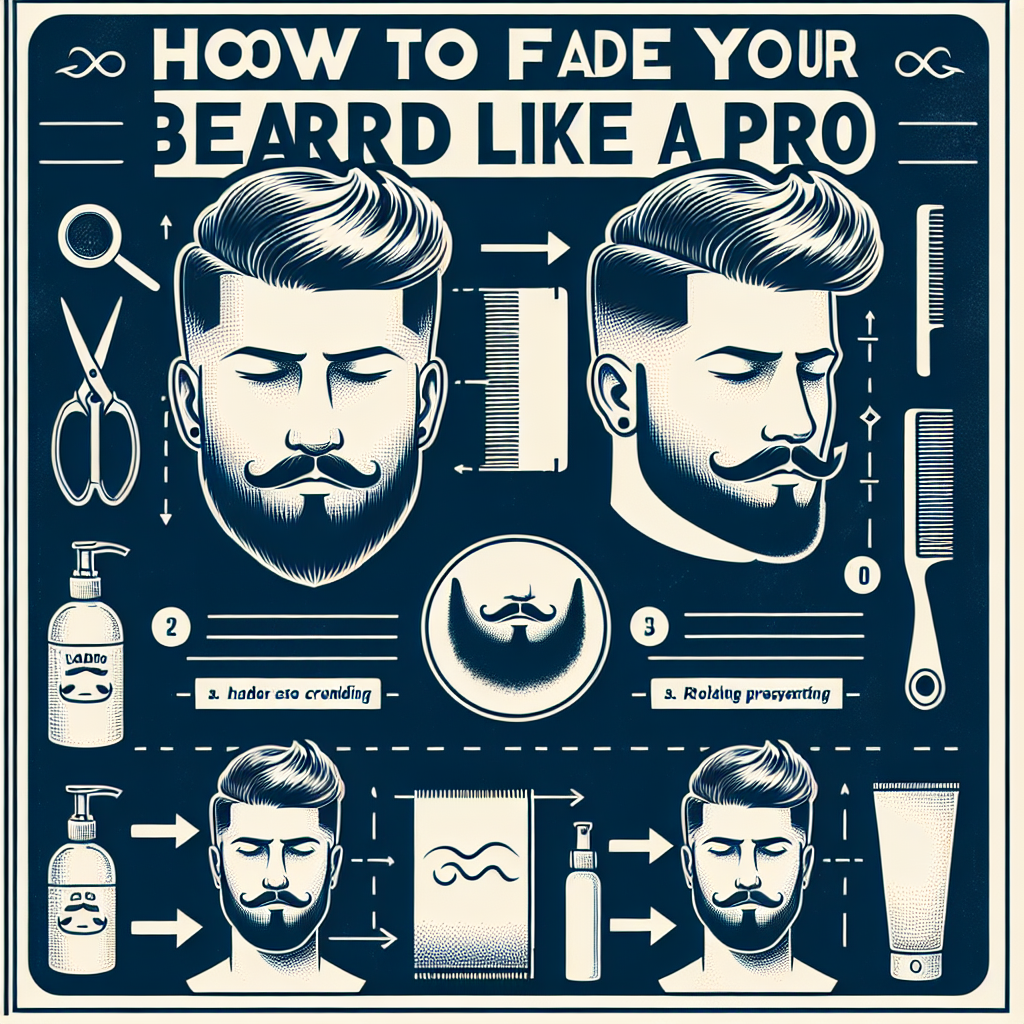
Repeat the process on both sides for symmetry
To maintain symmetry, it’s important to repeat the tapering process on both sides of your face. Use the initial guideline as a reference point and carefully trim the hairs along the cheek line. Make small adjustments as necessary to achieve a balanced and well-defined cheek line.
Maintaining the Mustache
Decide on the mustache length and shape
When it comes to maintaining your mustache, it’s important to decide on the desired length and shape. Consider your personal style and facial structure, and choose a length that suits you best. Whether you prefer a thick and full mustache or a more trimmed and defined look, choose the style that reflects your personality.
Use a trimmer or scissors to trim the mustache
To maintain the desired mustache length, use a trimmer or scissors to trim the hairs regularly. Start by combing through your mustache and removing any knots or tangles. Then, trim the hairs slowly and carefully, making small adjustments as necessary. Take your time to achieve a neat and uniform look.
Comb and style the mustache
After trimming, comb your mustache to remove any loose hairs and ensure a polished appearance. Use a mustache-specific comb or brush to shape and style your mustache according to your desired look. Apply mustache wax or balm if desired to provide hold and add definition to your mustache.
Regularly maintain and groom the mustache
To keep your mustache looking its best, it’s important to regularly maintain and groom it. Trim any stray hairs that may have grown beyond the desired length and shape. Comb and style your mustache daily to ensure a well-groomed appearance. Regular maintenance will help you achieve the perfect mustache.
Refining the Jawline
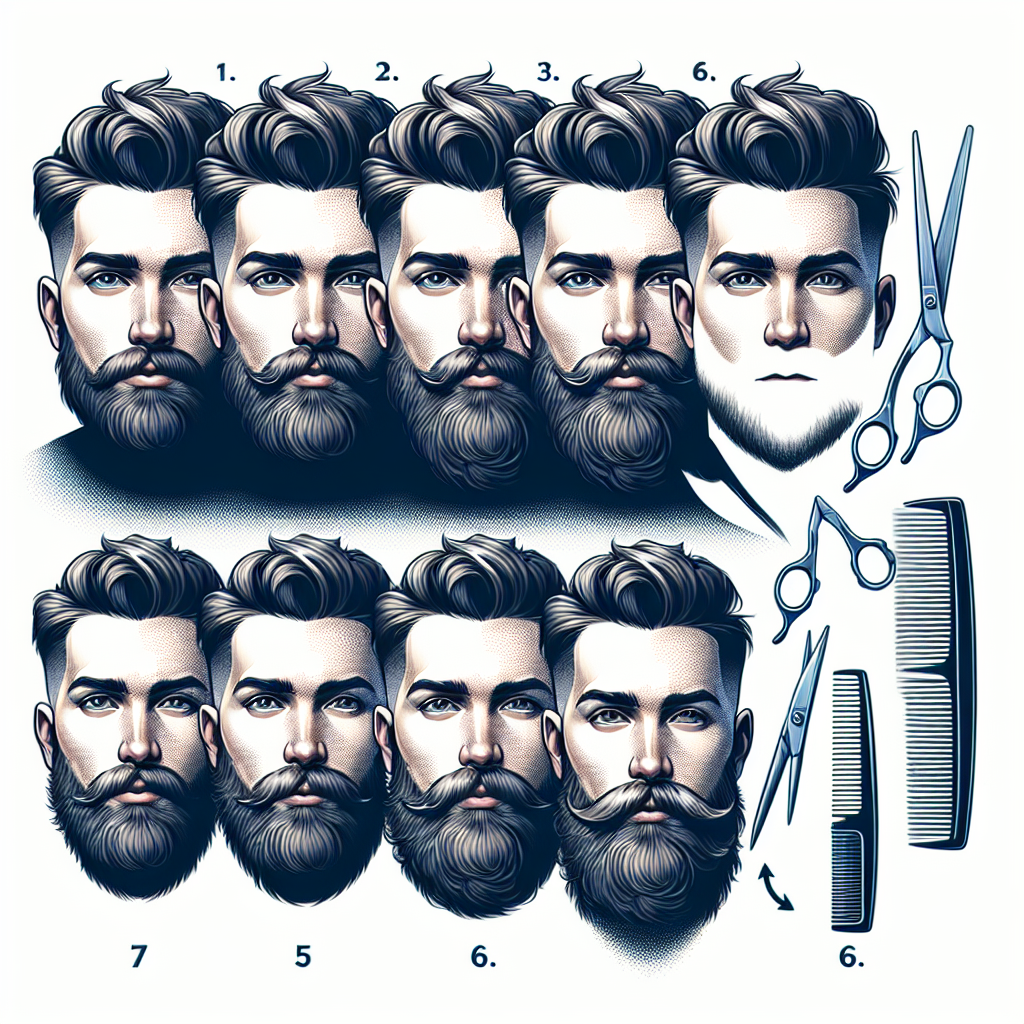
Determine the ideal jawline shape
Refining your jawline is crucial for a well-defined and sculpted beard. Determine the ideal jawline shape based on your facial structure and personal preference. Whether you prefer a sharp and angular jawline or a more rounded and natural look, choose the style that enhances your overall appearance.
Trim or shave excess hair along the jawline
To refine your jawline, trim or shave any excess hair that extends beyond the desired jawline shape. Use a trimmer or razor to carefully remove the hairs along the jawline, working with a steady hand. Take your time and make small adjustments as needed to achieve the desired look.
Maintain a clean and defined jawline
To maintain a clean and defined jawline, it’s important to regularly trim any stray hairs that may grow along the jawline. Use a trimmer or razor to keep the area neat and well-groomed. Pay attention to symmetry and ensure that both sides of the jawline match for a polished appearance.
Use a trimmer or razor for precision
When refining your jawline, it’s important to use a trimmer or razor for precision. These tools allow you to make accurate and controlled cuts, ensuring a clean and well-defined jawline. Take your time and use steady movements to achieve the desired look without any accidental slips or mistakes.
Blending the Neckline
Ensure a natural transition from the neckline to the beard
When blending the neckline, it’s essential to ensure a natural and seamless transition from the defined neckline to the rest of your beard. Avoid creating a harsh line by using a trimmer or razor to blend the two areas together. Make small adjustments as needed to achieve a well-blended and natural look.
Use a trimmer or razor to blend the neckline
To blend the neckline, use a trimmer or razor with a shorter guard length to carefully trim the hairs along the transition area. This will help create a smoother and more gradual blend between the neckline and the beard. Take your time and make precise adjustments to achieve the desired result.
Make slight adjustments to achieve a seamless blend
As you blend the neckline, it’s important to make slight adjustments to achieve a seamless transition. Take a step back and assess the overall appearance of the blended area. If any areas appear uneven or require further blending, use a trimmer or razor to make slight adjustments. Patience and attention to detail are key during this step.
Regularly check and refine the neckline
To maintain a well-blended neckline, it’s important to regularly check and refine the area. As your beard grows, the neckline may require trimming to ensure a clean and polished look. Regularly inspect the neckline and make any necessary adjustments to maintain its appearance. This will help you achieve a well-groomed and professional-looking beard.
Shaping the Beard Ends
Decide on the desired beard length
Before shaping the beard ends, it’s important to decide on the desired overall beard length. Consider your personal style and facial structure, and choose a length that suits you best. Whether you prefer a shorter, more tailored look or a longer, more rugged appearance, choose the length that reflects your desired aesthetic.
Create a guideline for trimming the ends
To shape the beard ends, create a guideline based on the desired length. Use a trimmer or scissors to carefully trim the hairs along the beard’s perimeter, following the guideline you have set. Start from one end and work your way towards the other, making small adjustments as necessary.
Trim the beard ends to achieve a neat and uniform length
Once you have set the guideline, trim the beard ends to achieve a neat and uniform length. Use a comb to lift the hairs and ensure an even trim. Take your time and make small cuts, gradually reducing the length until you achieve the desired result. Regularly comb through the beard to check for any stray hairs that may require trimming.
Use scissors or a trimmer for precision
When shaping the beard ends, it’s important to use scissors or a trimmer for precision. These tools allow you to make accurate and controlled cuts, ensuring a well-groomed appearance. Be cautious and maintain a steady hand to avoid any accidental slips or mistakes. Regularly check and refine the end length to maintain the desired look.
Maintaining a Healthy Beard
Wash your beard regularly
Maintaining a healthy beard starts with regular washing. Use a beard-specific cleanser to cleanse your beard thoroughly, removing any dirt or product buildup. It’s important to wash your beard regularly to keep it clean and free from any potential skin issues, such as dryness or irritation. Follow up with a moisturizing conditioner to keep your beard soft and nourished.
Apply beard oil or balm for moisturization
To keep your beard and skin moisturized, apply a beard oil or balm regularly. These products help hydrate the skin and hair, preventing dryness and promoting healthy growth. Massage the oil or balm into your beard, focusing on the roots and ends. This will help keep your beard looking and feeling its best.
Comb and brush your beard daily
Combing and brushing your beard daily is essential for maintaining a healthy and well-groomed appearance. Use a high-quality beard comb or brush to gently remove any tangles or knots. This will also help distribute natural oils throughout your beard, keeping it moisturized and reducing the risk of breakage or split ends.
Visit a professional barber for occasional maintenance
While regular at-home maintenance is important, it’s also beneficial to visit a professional barber for occasional maintenance. A barber can provide expert advice and grooming services to keep your beard looking its best. They can help shape and trim your beard, ensuring a clean and polished appearance. Schedule regular visits to maintain your beard’s health and appearance.
By following these comprehensive steps and using the right tools and products, you can achieve a professional-looking fade for your beard. Remember to take your time, be patient, and pay attention to detail. With practice and regular maintenance, you’ll be able to fade your beard like a pro and maintain a healthy and stylish appearance.
